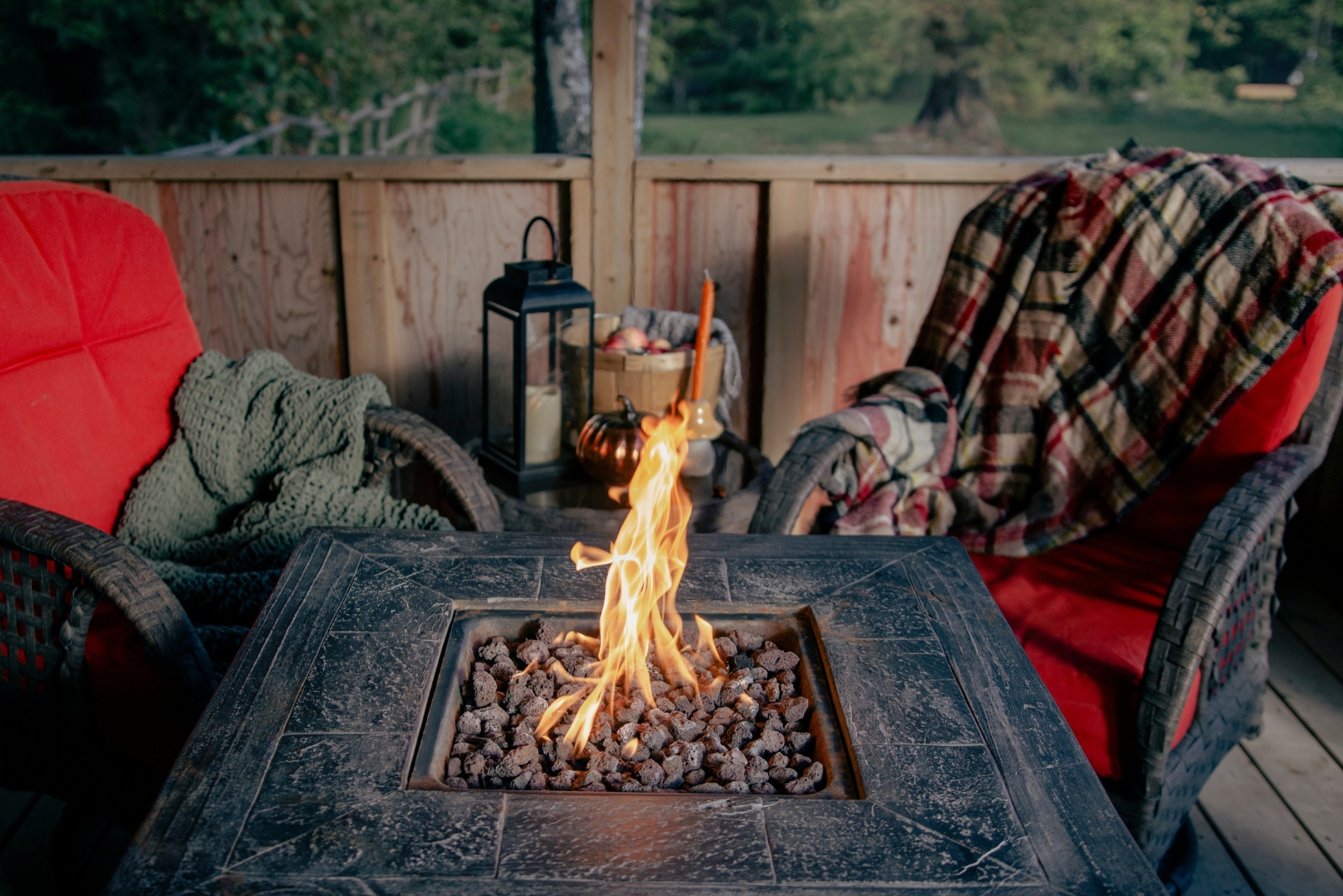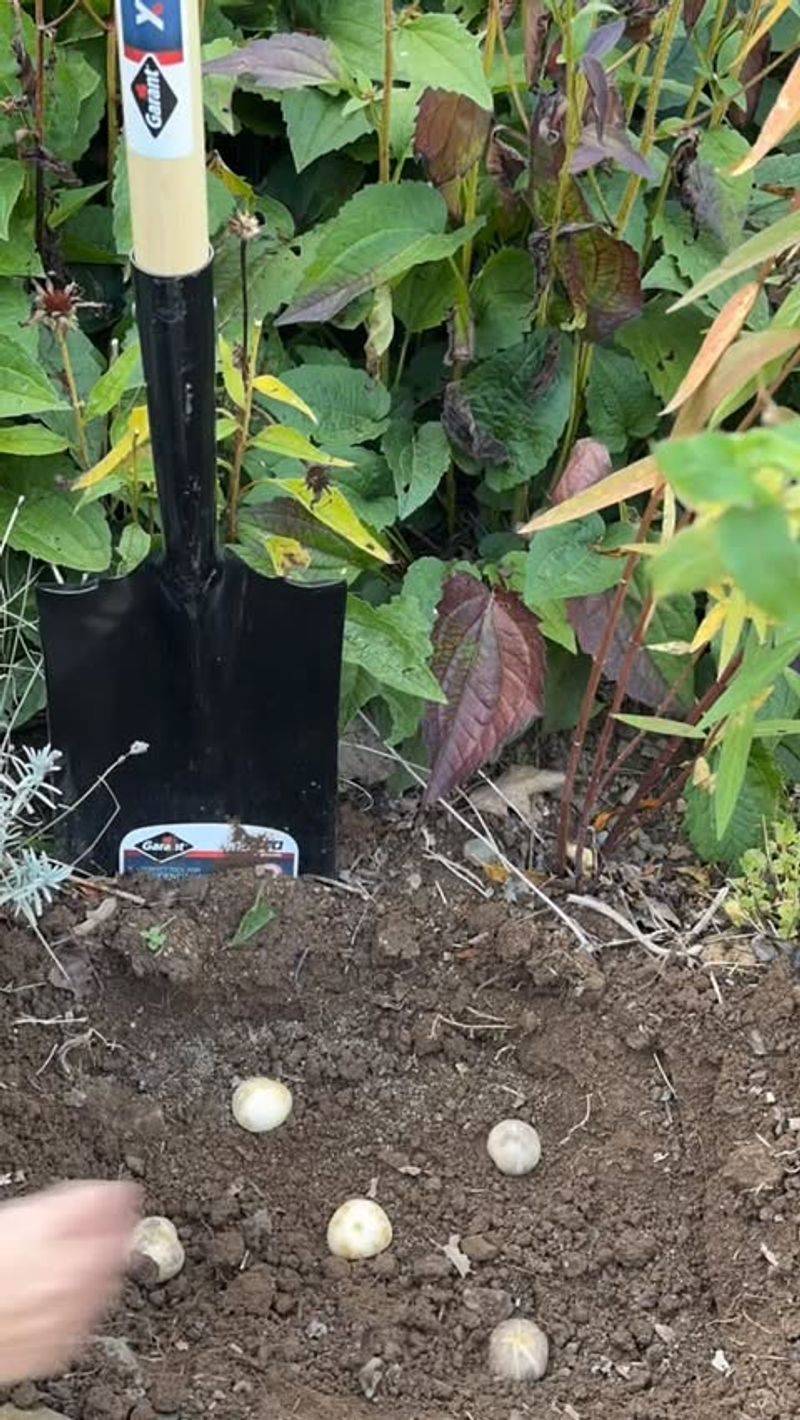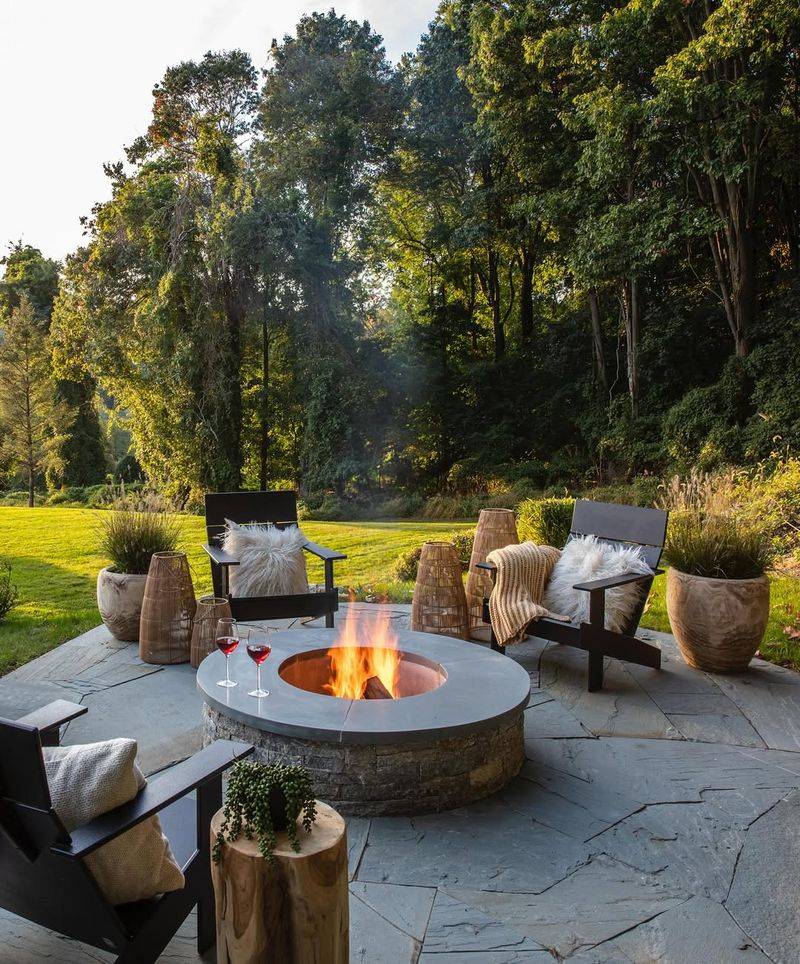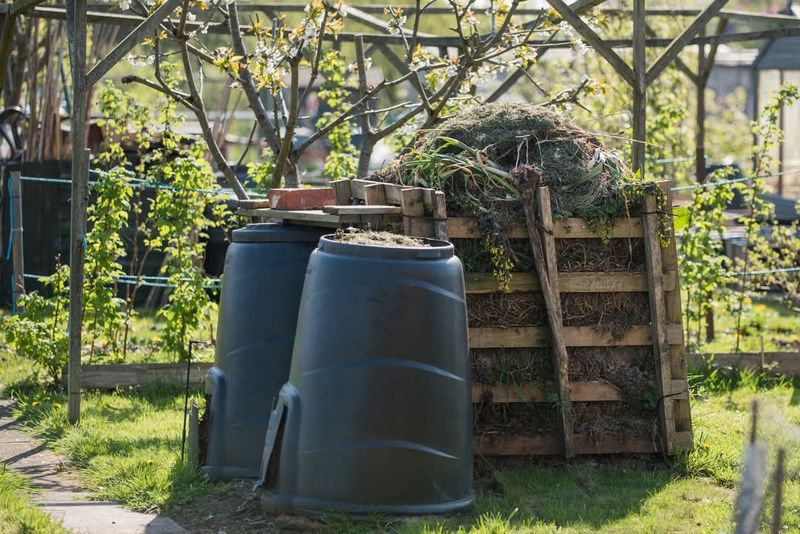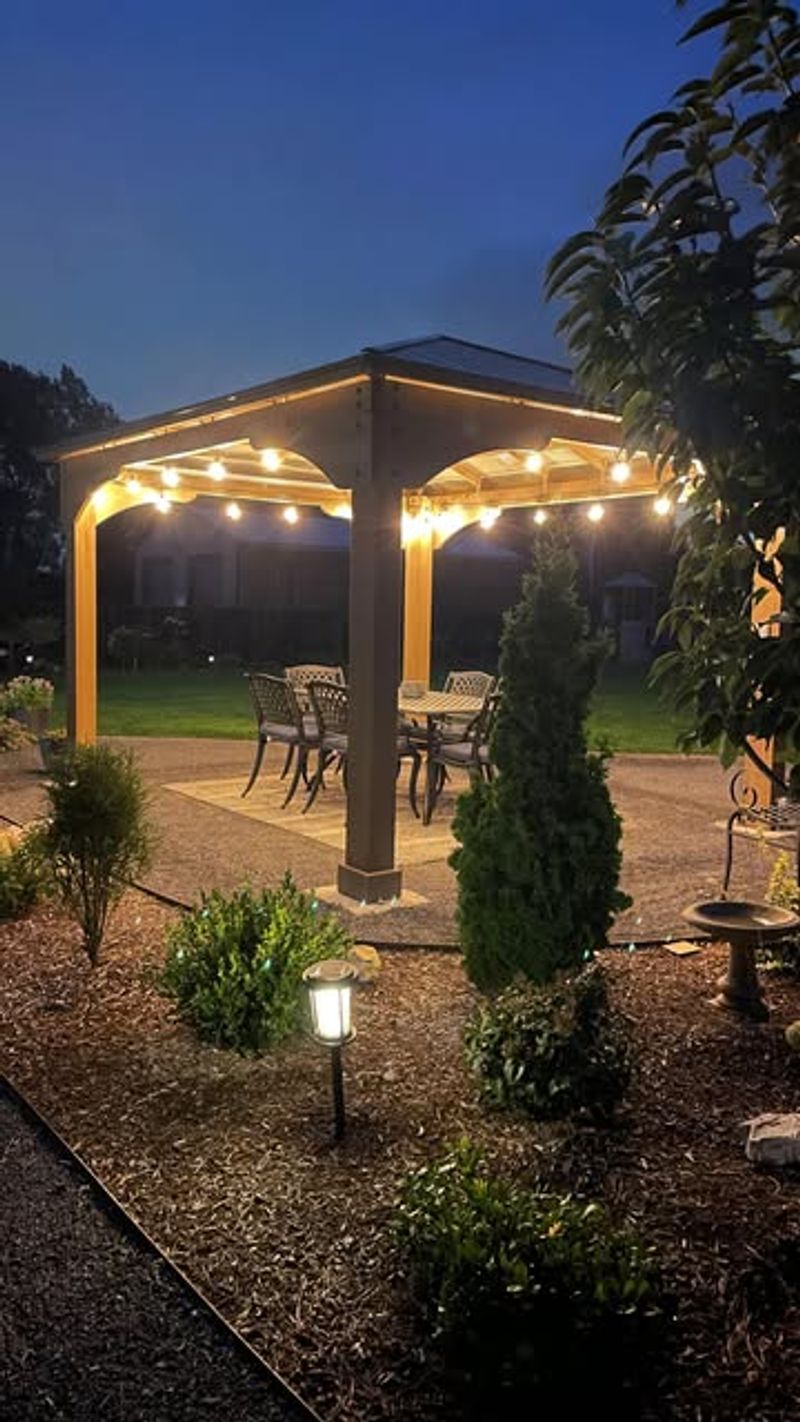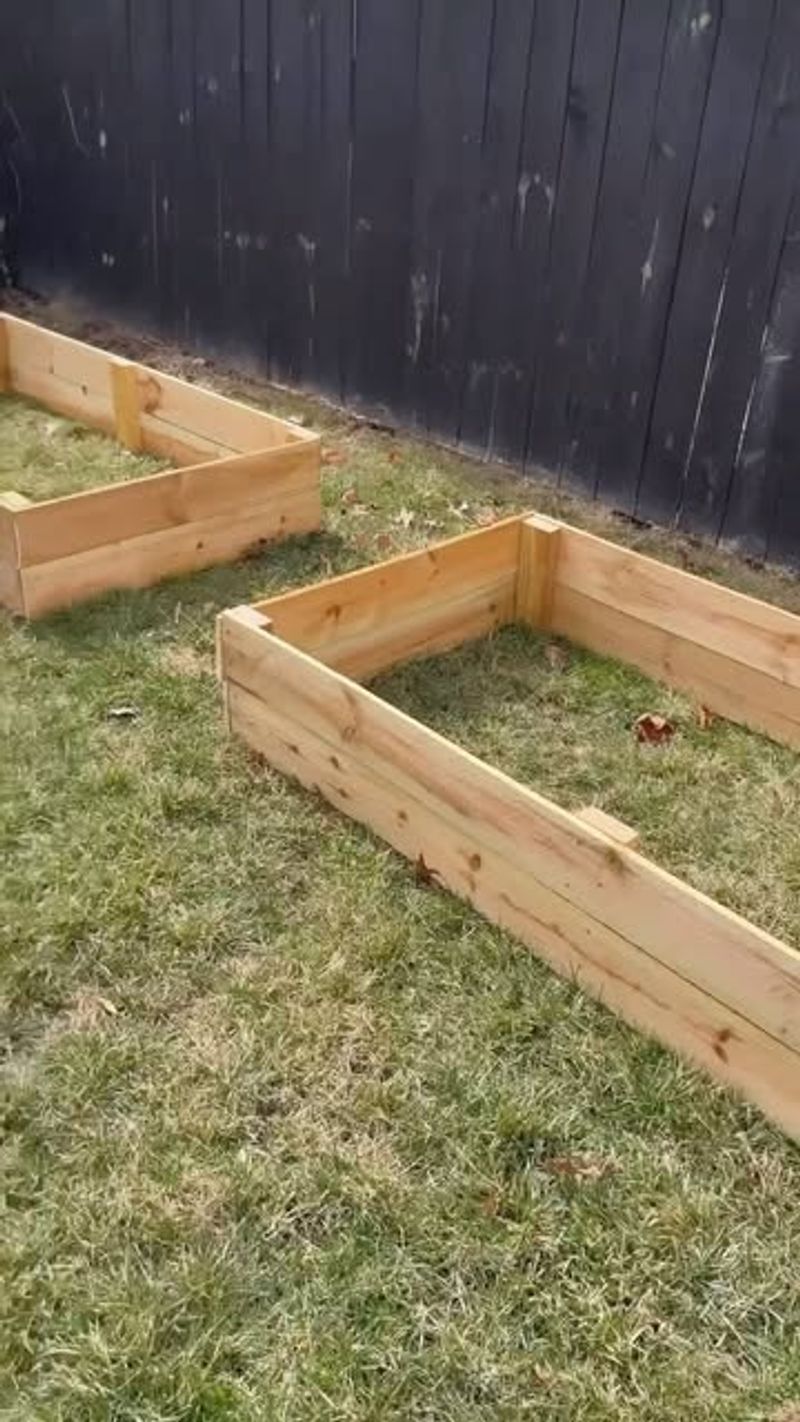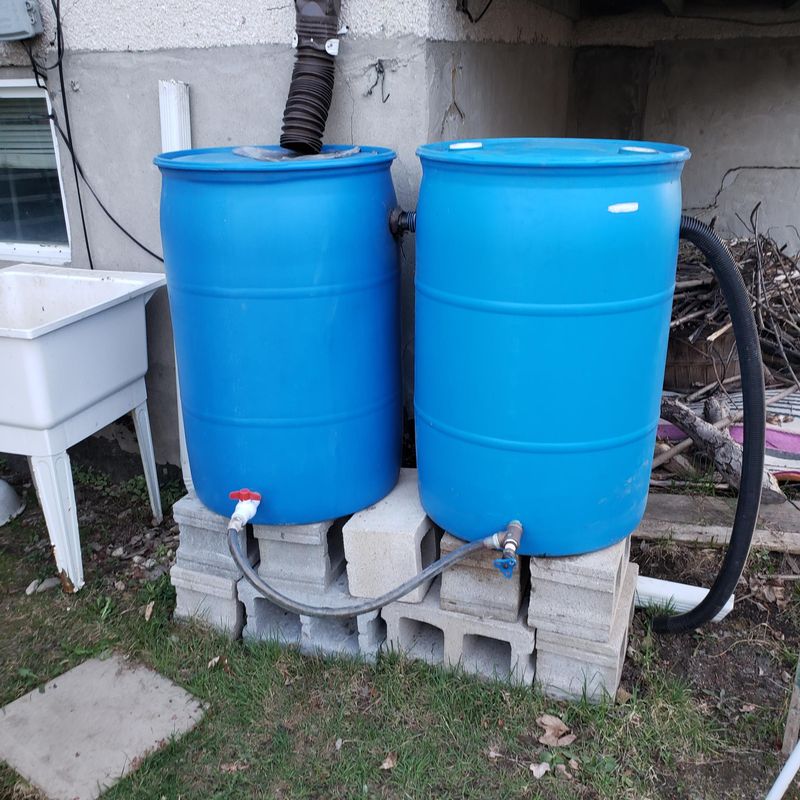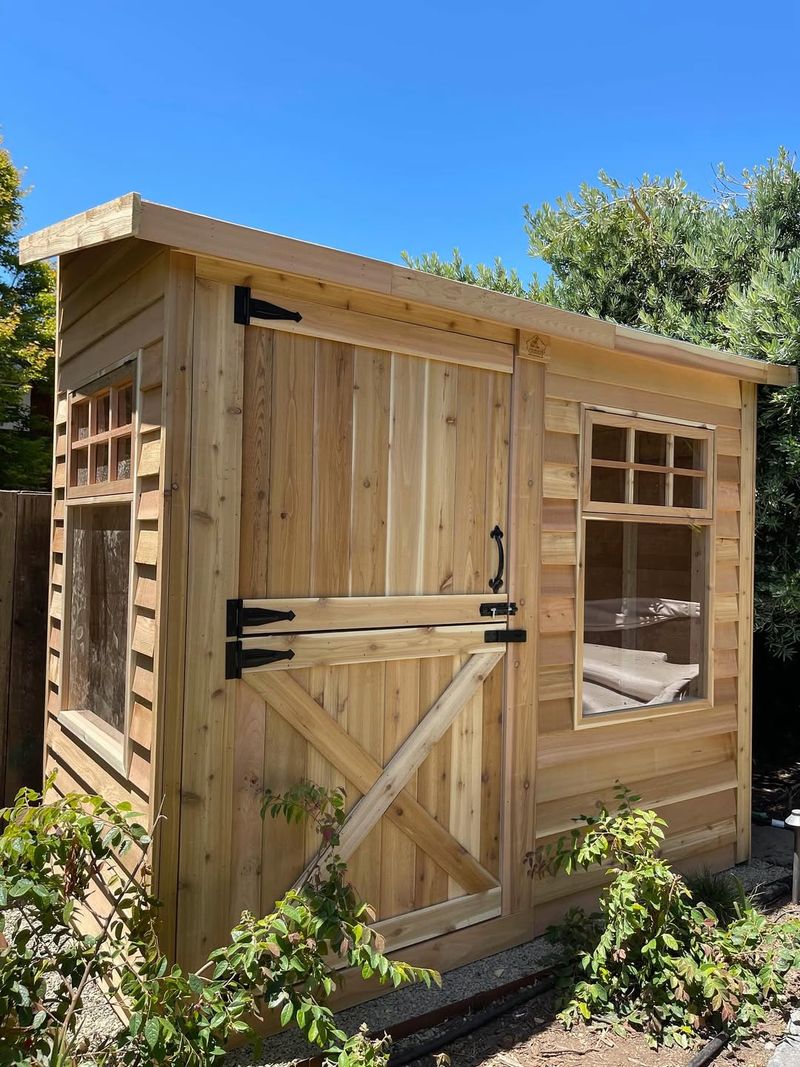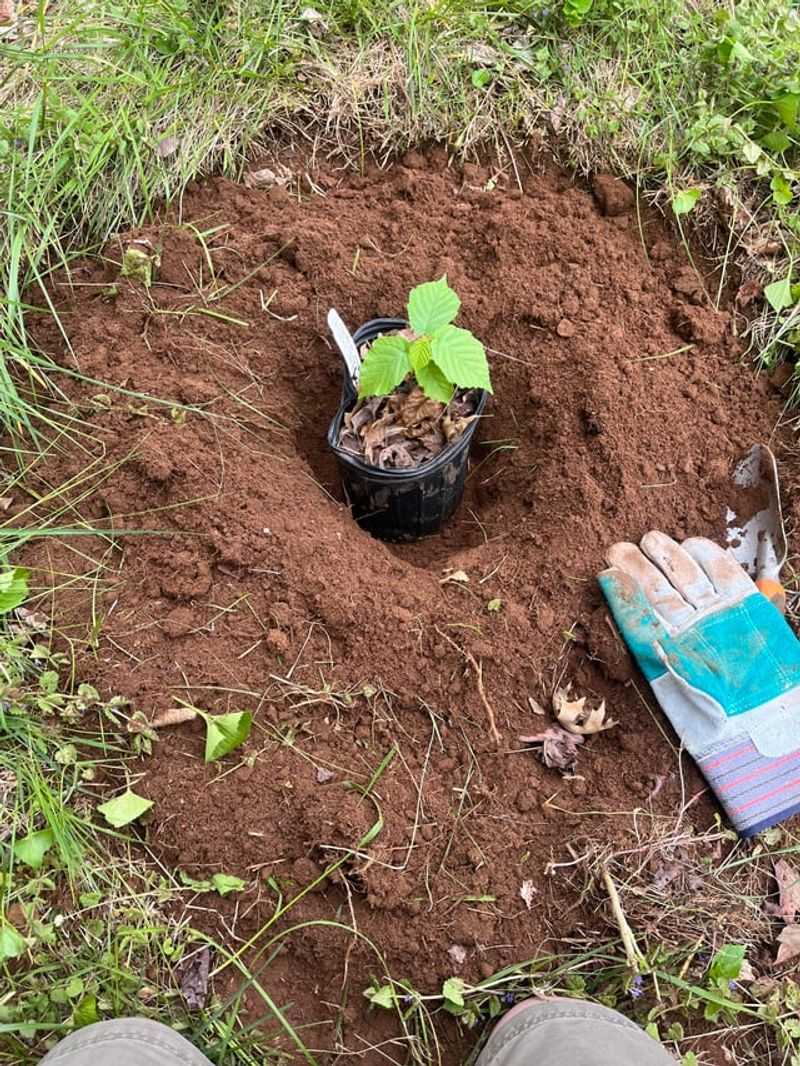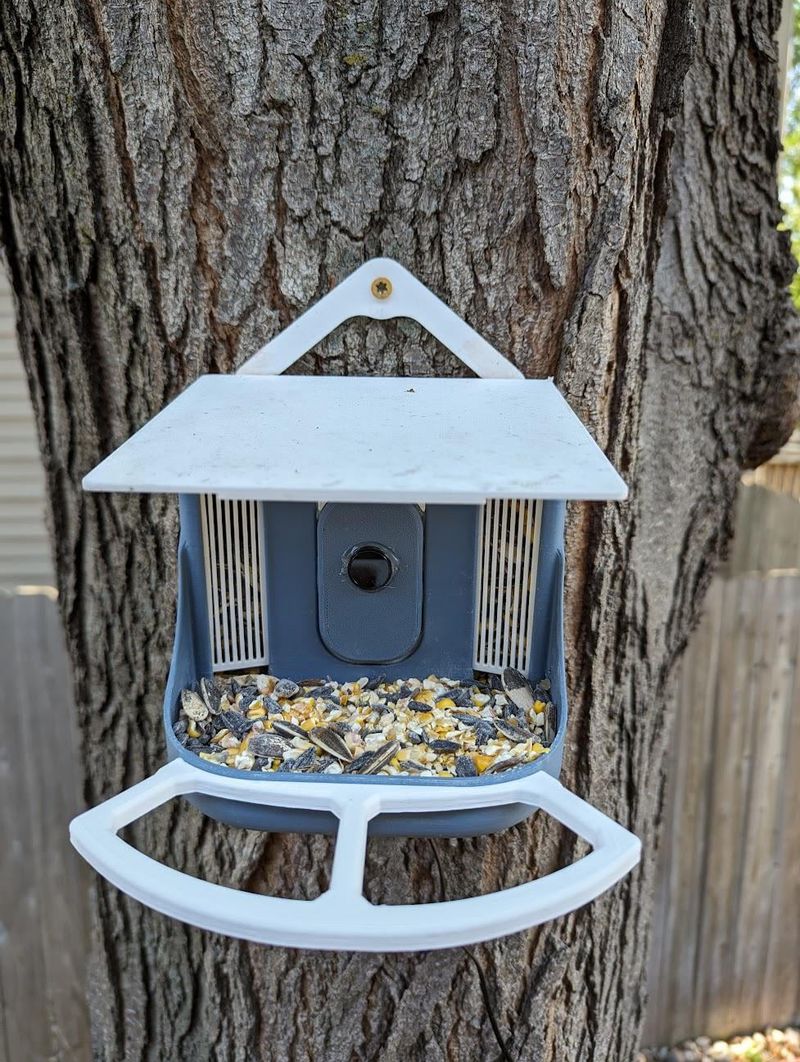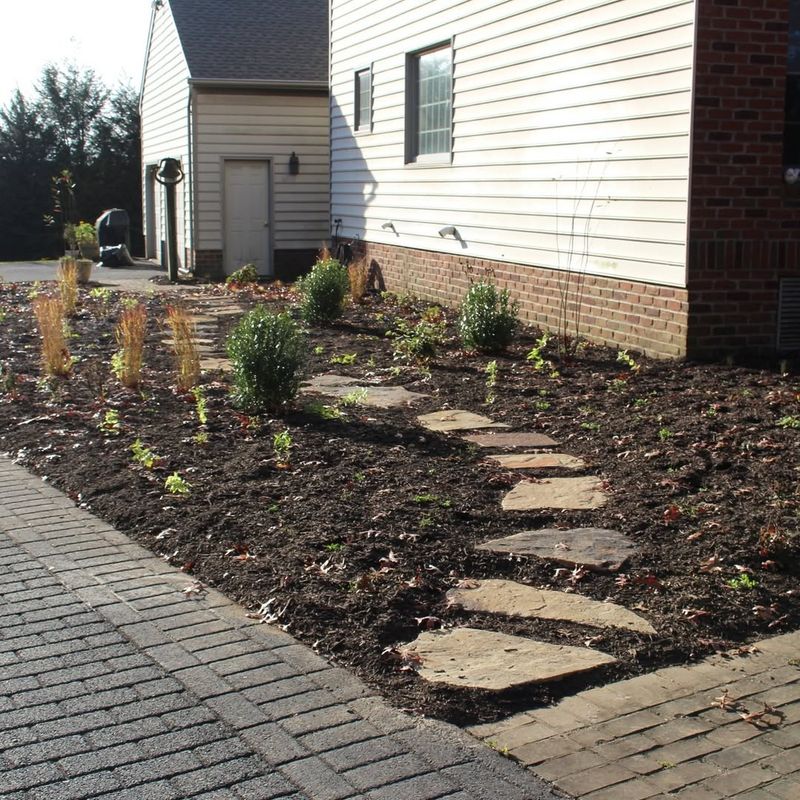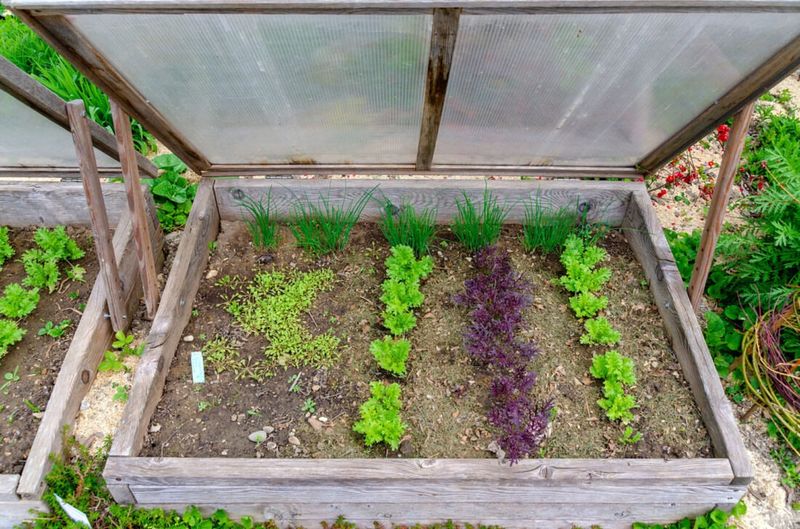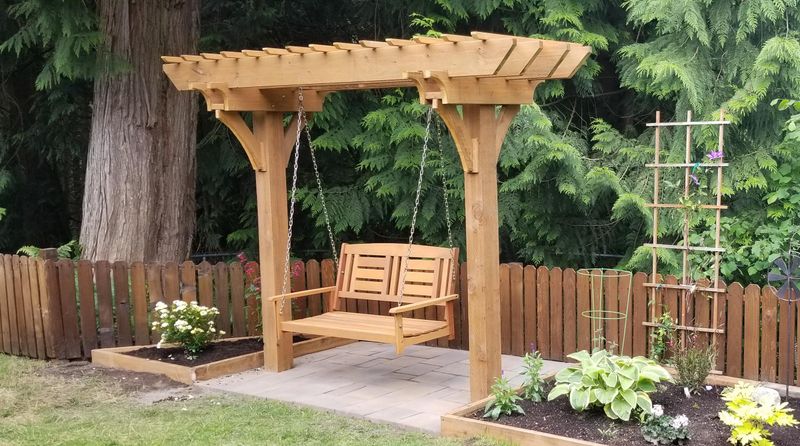Leaves are falling fast in New York, but your backyard doesn’t have to go dormant just yet. There are still plenty of projects you can roll up your sleeves for before winter arrives.
From quick fixes to creative touches, I’ve lined up twelve ideas that will make your space look amazing. Get your New York yard in tip-top shape and enjoy the last bit of fall.
1. Plant Spring-Blooming Bulbs
Before the ground freezes solid across New York, get those tulip and daffodil bulbs into the soil. Fall planting gives them time to develop strong roots underground during winter months.
Choose a sunny spot with good drainage and dig holes about six inches deep. Mix in some compost to give your bulbs extra nutrients, and you’ll be rewarded with gorgeous blooms when spring finally arrives in your New York yard.
2. Build a Fire Pit Area
Nothing beats gathering around a crackling fire on crisp New York autumn evenings. Creating a fire pit area is easier than you might think and adds instant charm to any backyard.
Start by clearing a safe space away from trees and structures, then arrange fire-resistant stones or bricks in a circle. Add some comfortable seating around it, and you’ll have the perfect spot for roasting marshmallows and telling stories all season long.
3. Create a Composting Station
Fall leaves and garden waste make excellent compost material, and New York produces plenty of both during autumn. Setting up a composting station now means nutrient-rich soil for next year’s garden.
You can buy a ready-made bin or build one from wooden pallets in a corner of your yard. Layer brown materials like leaves with green scraps from your kitchen, keep it moist, and turn it occasionally for best results.
4. Install Outdoor Lighting
Shorter days mean your New York backyard gets dark earlier, but proper lighting extends your outdoor enjoyment. Solar-powered lights are budget-friendly and easy to install without electrical work.
Place pathway lights along walkways for safety and string lights over patios for ambiance. Spotlights can highlight trees or garden features, creating a magical atmosphere. Fall’s mild weather makes installation comfortable, and you’ll appreciate the glow during long winter nights ahead.
5. Build Raised Garden Beds
Constructing raised beds during fall in New York gives the wood time to weather and the soil time to settle before spring planting season. These beds improve drainage and make gardening easier on your back.
Use untreated cedar or pine boards to frame rectangular boxes, then fill them with quality garden soil mixed with compost. Position them in sunny spots, and they’ll be ready for vegetables when warm weather returns to your New York garden.
6. Add a Rain Barrel System
Collecting rainwater makes sense for any New York gardener wanting to conserve resources and save money. Fall installation means your system is ready for spring rains.
Position a barrel under a downspout, ensuring it sits on a stable platform for easy bucket access. Most hardware stores sell complete kits with spigots and overflow valves already included. Your plants will appreciate the chemical-free water, and your wallet will thank you during summer watering season.
7. Construct a Tool Shed or Storage Box
Garden tools scattered around your New York yard need a proper home before winter arrives. Building a small shed or weatherproof storage box protects expensive equipment from harsh elements.
Even a simple wooden box with a hinged lid works wonders for organizing rakes, shovels, and hoses. Choose a convenient location near your garden, treat the wood with weatherproof sealant, and enjoy having everything neatly stored and easily accessible whenever you need it.
8. Plant Trees and Shrubs
Cooler temperatures and increased rainfall make autumn the ideal time for planting woody plants in New York. Trees and shrubs planted now establish strong root systems before winter dormancy hits.
Choose native species that thrive in New York’s climate, like dogwoods or serviceberries. Dig holes twice as wide as the root ball, water thoroughly after planting, and add mulch around the base. Your new additions will be well-established and ready to grow vigorously come springtime.
9. Install a Bird Feeding Station
Birds need reliable food sources during New York’s cold months, and a feeding station brings life and color to your winter yard. Setting one up now helps feathered friends find it before harsh weather arrives.
Mount feeders at different heights to attract various species, and include a water source if possible. Position everything where you can watch from inside your warm house. Squirrel-proof designs save money on seed, and regular refills keep your backyard bustling with activity.
10. Create Mulched Pathways
Muddy paths through your New York yard become slippery messes when autumn rains arrive. Laying down mulched pathways solves this problem while adding visual appeal to your landscape.
Mark your routes with stakes and string, then edge them with stones or landscape timbers. Spread landscape fabric underneath to prevent weeds, then top with wood chips or bark mulch several inches thick. Your feet stay clean and dry, plus the natural look complements fall’s rustic beauty perfectly.
11. Set Up a Cold Frame
Extending your growing season in New York becomes possible with a simple cold frame structure. Building one during fall lets you grow lettuce, spinach, and other greens well into winter months.
Construct a wooden box with a slanted glass or clear plastic top that faces south for maximum sunlight. Position it against a south-facing wall for extra warmth, and you’ll harvest fresh vegetables even when snow covers the rest of your New York backyard.
12. Build a Pergola or Arbor
Adding vertical interest to your New York backyard creates shade and climbing plant support for years to come. Fall’s comfortable temperatures make construction projects more enjoyable than summer’s heat.
A basic pergola uses four posts and cross beams to create an outdoor room feeling over patios or seating areas. Arbors work beautifully as garden entryways. Stain or paint the wood now, and by next spring, you can train roses or clematis to climb these attractive structures throughout your yard.

